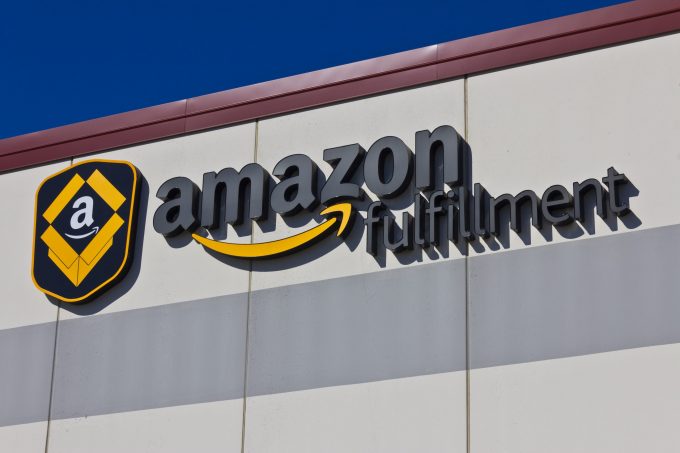FedEx and UPS add 'China fee' ahead of the end of de minimis
In the final weeks before US de minimis exemption for parcels from China ends, UPS ...

Rapid delivery ambitions are running into opposition from municipal governments in the US, with the latest collision in San Francisco.
The city’s board of supervisors has stopped construction of an Amazon fulfilment centre in its tracks.
With a unanimous vote, the board ratified legislation introduced in February ...
Predatory rivals circle as the ripples from DSV's Schenker buy widen
MSC Elsa crew face criminal probe, as Wan Hai 503 firefighters battle on
Latest Israeli attack on Iran a threat to box ships in Straits of Hormuz
Industry concerns rise after yet another box ship on fire off Indian coast
'It's driving us mad', say forwarders as US court fails to end tariff turmoil
European port congestion easing – for now
More legal trouble in India for MSC: feeder vessel detained after box ship disasters
DHL Express facilities in Canada forced to shut down by strike

Comment on this article